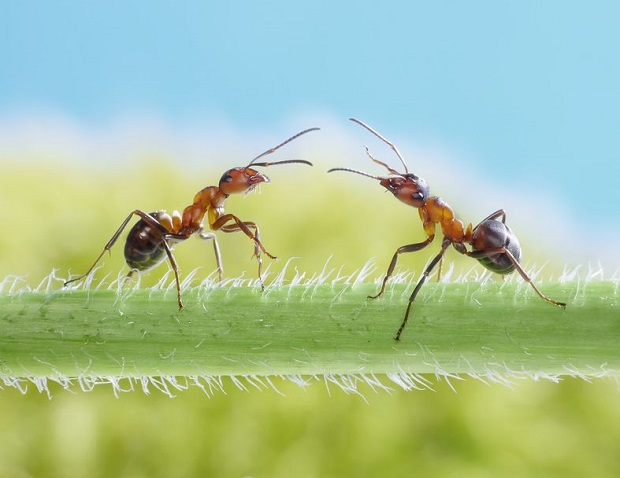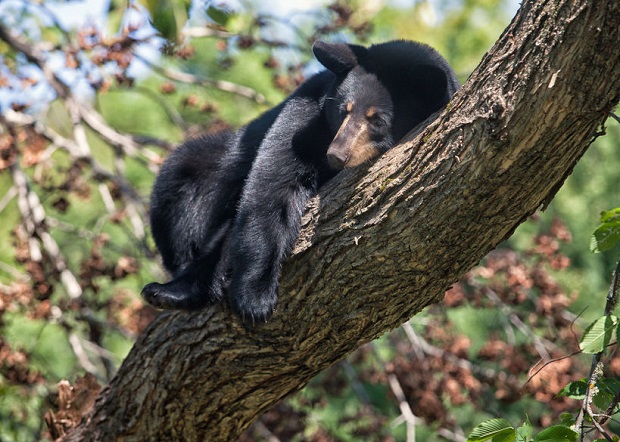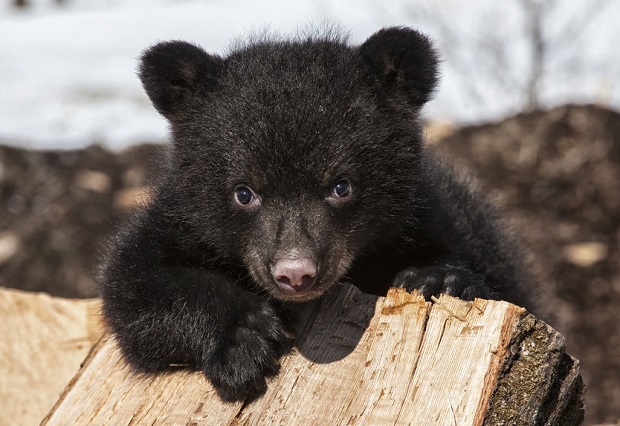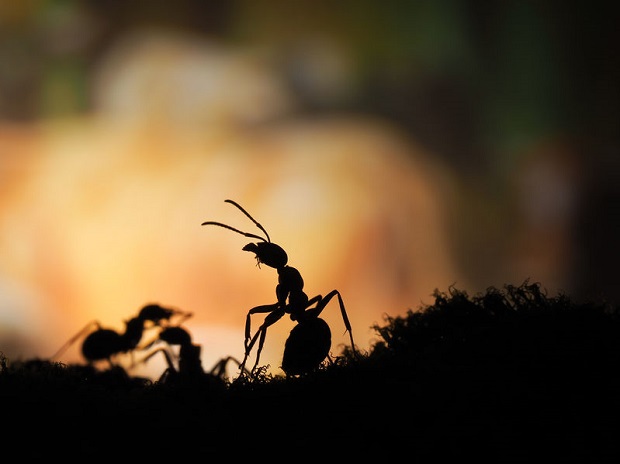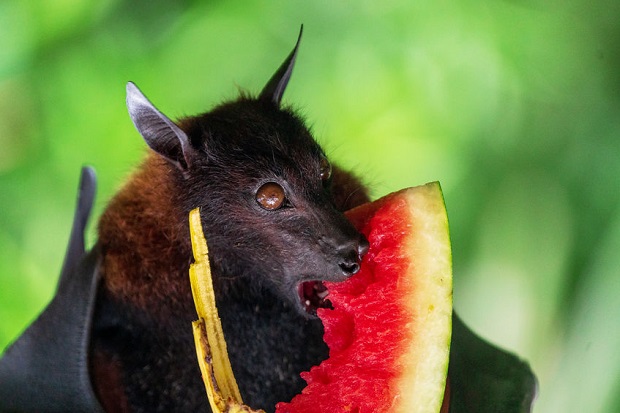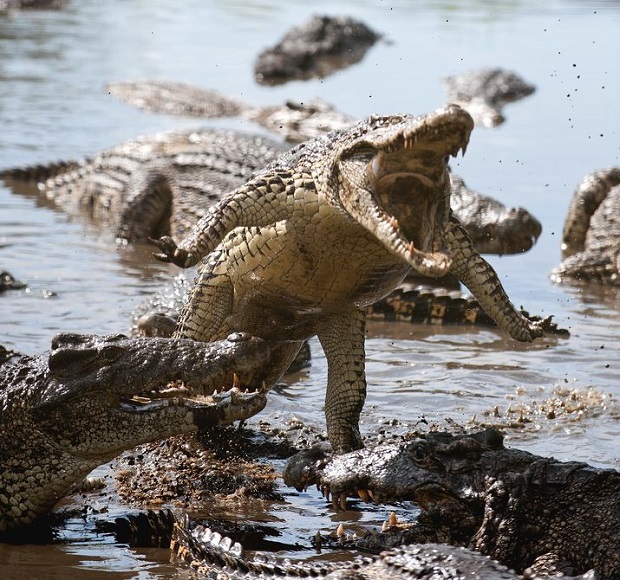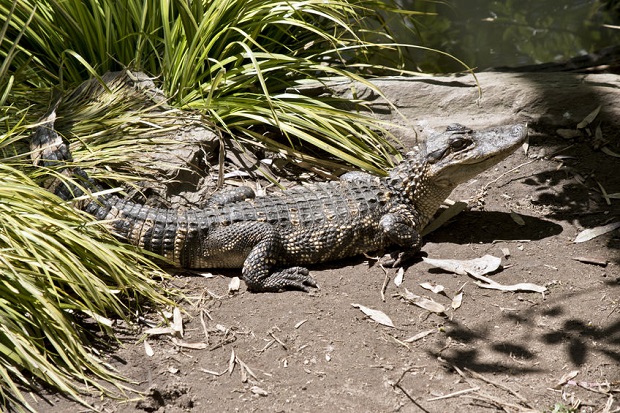
How Long Do Alligators Live?
The alligator lives an average of 35-50 years in the wild and up to 65+ years in captivity.
To answer the question ‘how long do alligators live,’ the question must be quantified to include only those that live long enough to die of natural causes. The fact is that mortality rates for alligators depend on their stage of life and circumstances. For example, the lifespan of a hatchling is generally under one year, and the lifespan of an alligator in captivity is longer than those living in the wild.
Alligator Mortality Rate Overview
These interesting statistics provided by the Florida Fish and Wildlife Conservation Commission clearly illustrate how few alligators actually mature to adulthood and survive to die of old age. The Commission estimates that a clutch size of 35 will produce 15 hatchlings. Sixty percent will not survive the year. Of the remaining 6, only four will reach maturity. [1]
Alligator Egg Mortality Statistics
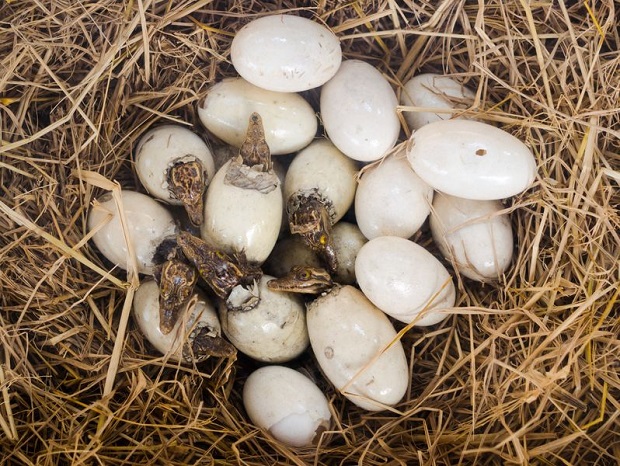
The first mortality statistic important to the alligator lifespan is the number of eggs that never make it through the incubation period. Though technically, life has not begun for these alligators and may not suitably factor into an average lifespan, it seems worth consideration because the number is so dramatic.
Alligators lay between 20 to 60 eggs at one time, depending on the age and health of the mother. 35-40 is the statistical average. Though the mother guards her nest vehemently during the 65-day incubation period, fewer than 70% will survive due to predation. [2] The Florida Fish and Wildlife Conservation Commission sets these estimates substantially lower at less than 50% survival rate. [3]
Principle Mortality Risks: Eggs may not survive due to drowning or the mother crushing them. The principal mortality risk to eggs is predation from raccoons, hogs, otters, and bears. [4]
How Long Do Baby Alligators Live?

Baby alligators, called hatchlings, are at an even greater predation risk. Published mortality rates of hatchlings vary widely between 22%-60%. For the first year, they stay together in ‘pods’ and, in most cases, are still protected by the mother.
Principle Mortality Risks: Hatchlings are susceptible to predation from a variety of animals, including raccoons, wading birds, otters, and fish. Larger alligators may be their principal mortality risk. [5]
Average Lifespan of the Adult Alligator
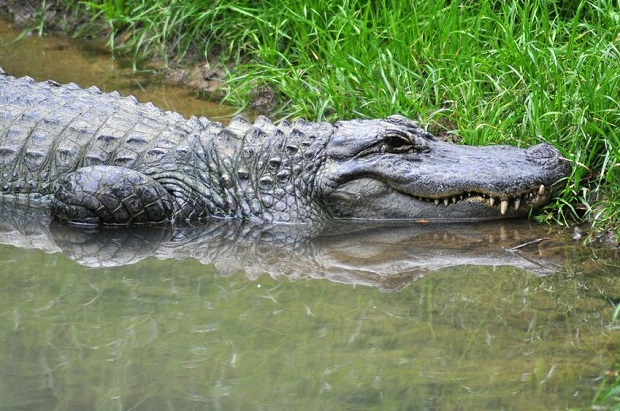
The mortality rates up to adulthood give a clear picture of the percentage of alligators that are actually included in the alligator lifespan statistic. There are two sets of statistics for the mortality rate—those in the wild and those in captivity. It should be noted that it is very difficult to reasonably measure the lifespan of alligators in the wild because wild animals rarely live to reach their maximum possible age and cannot be recorded as accurately as those raised under captive conditions. In addition, this area has not been studied extensively, and even the most authoritative sources give widely varied estimates.
On that note . . .
Of the remaining alligators that have made it to a ripe old age, most estimates average the alligator lifespan to be 35-50 years in the wild and up to 65+ years in captivity. [6]
Principle Mortality Risks: Large alligators that have demonstrated perseverance for survival are still susceptible to cannibalism and intraspecific fighting. The principle mortality risk for adult alligators is hunting by humans. [7]
Oldest Alligator on Record
The Illustrated Encyclopedia of North American Reptiles and Amphibians lists Mujo, an alligator living at the Belgrade Zoo in Serbia, as the oldest alligator on record at 76 years old. (The alligator is still living as of 2013) Prior to this, the oldest alligator was Cabulitis, an alligator from the Riga Zoo in Latvia that died in 2007. [8]
Resources
[1][3][4][5][7]Florida Fish and Wildlife Conservation Commission – “Alligator Facts”
[2] SRAC Fact Sheet – “Alligator Production, Breeding, and Egg Incubation“
[6]University of Michigan-Animal Diversity Web – “Alligator Mississippiensis-Average Lifespan“
[8]Encyclopedia of North American Reptiles and Amphibians.
Boston: MobileReference.com
2008. Print.
University of Florida Graduate School Thesis; Temsiripong – “GROWTH AND SURVIVAL RATES OF WILD AND REPATRIATED HATCHLING AMERICAN ALLIGATORS (Alligator mississippiensis) IN CENTRAL FLORIDA LAKES.”
Savannah River Ecology Laboratory – “American Alligator (Alligator Mississippiensis)“
